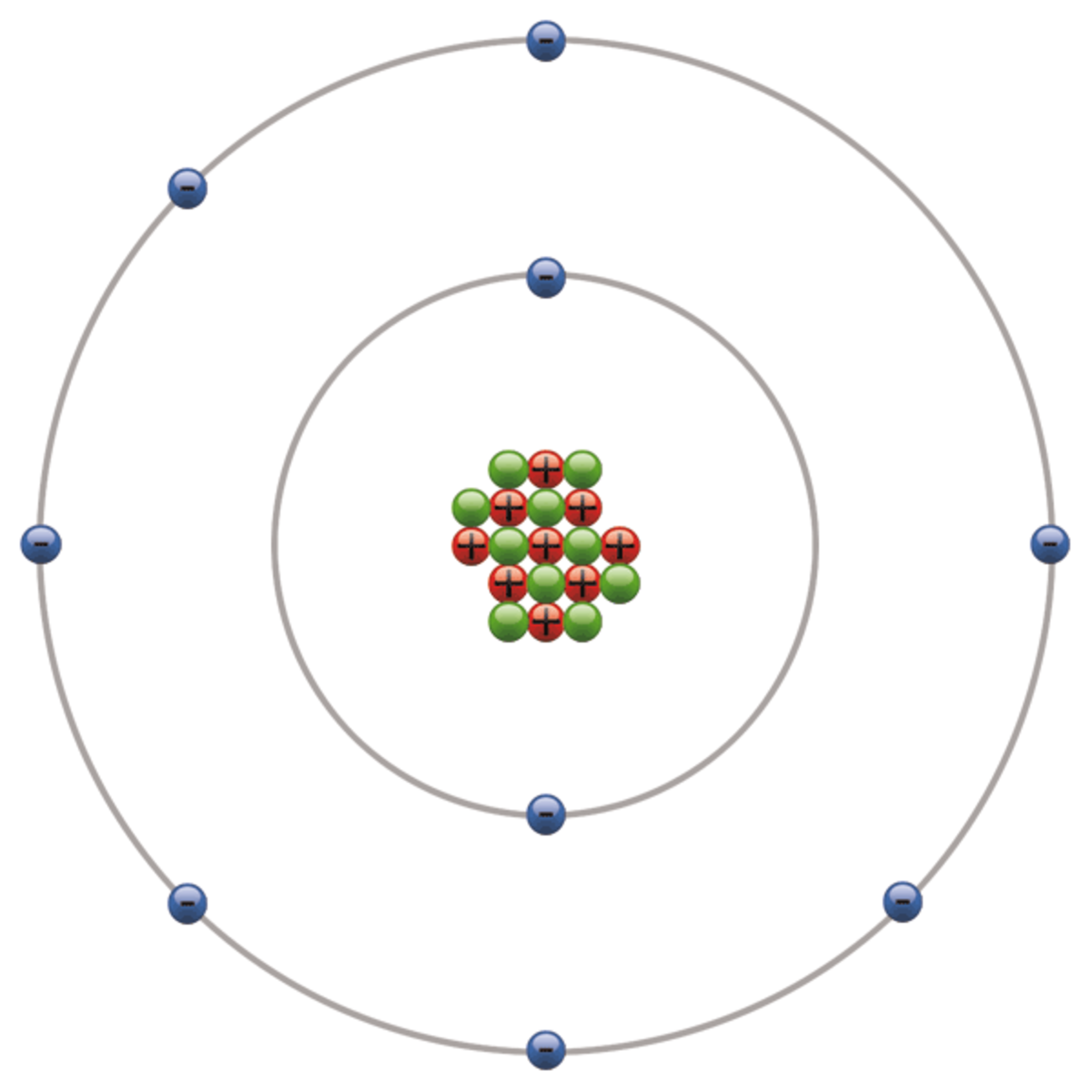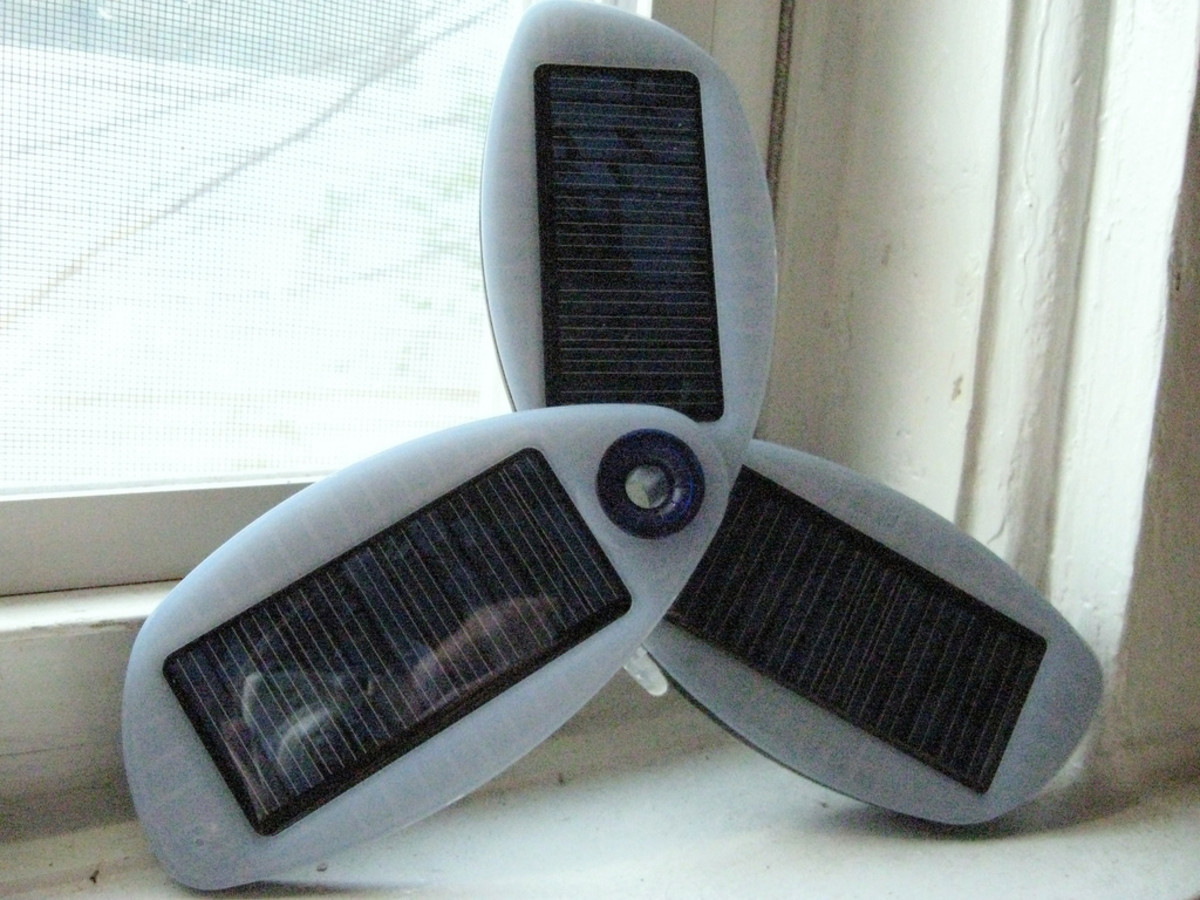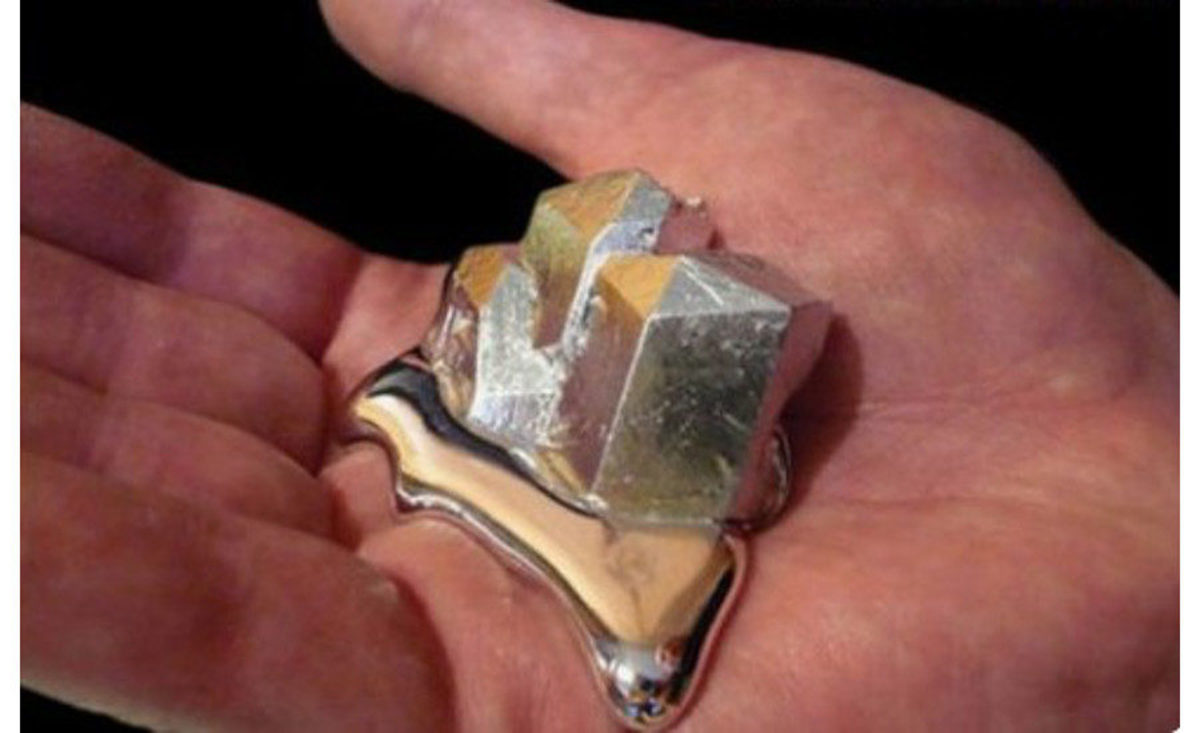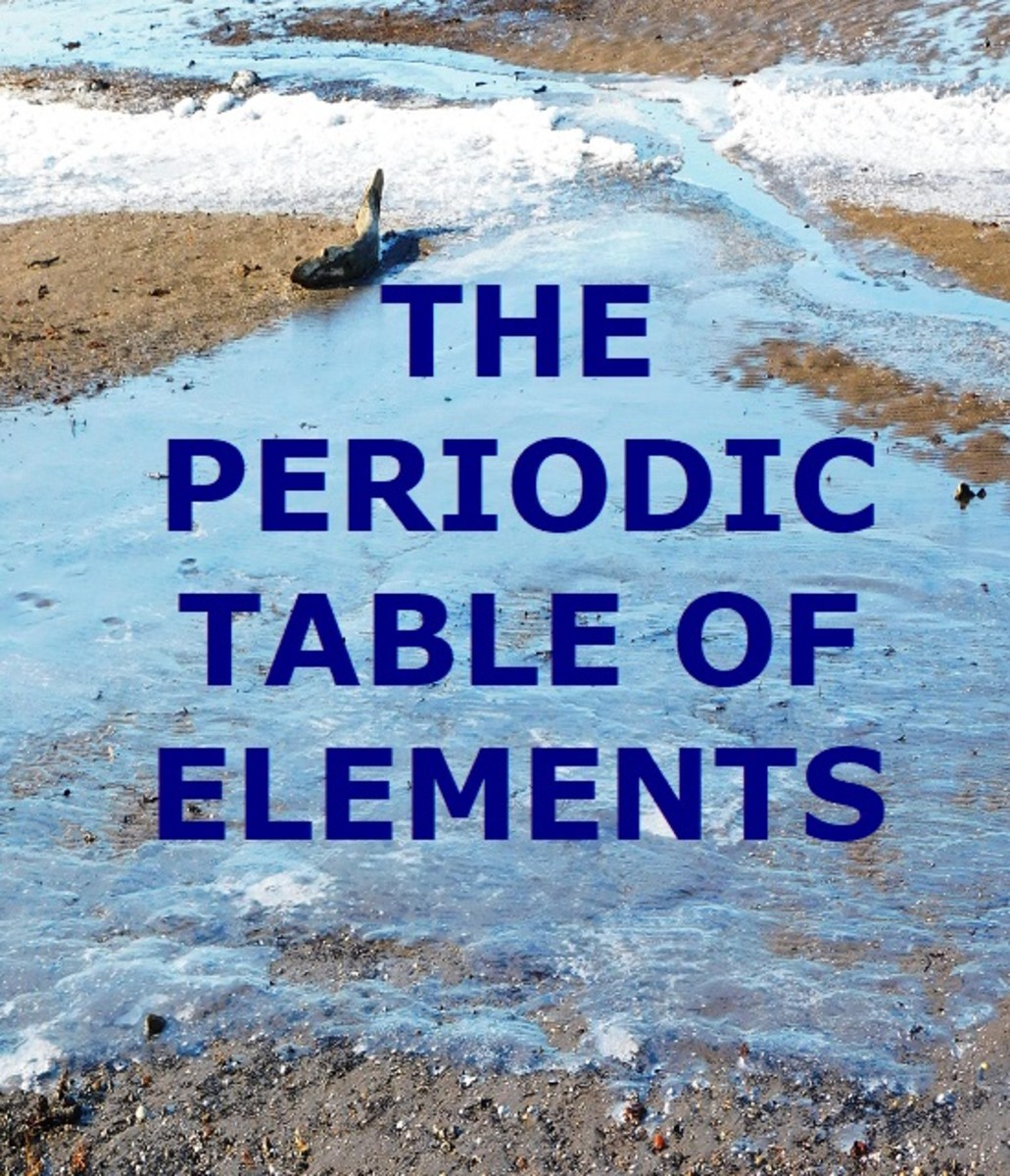The Graphene Solution
Background and breakthrough
Graphene is a new substance that is destined to become a household word in a short period of time if scientists and engineers manage to find ways of commercially exploiting the new substance.
Graphene as its name suggests is like graphite. What makes it special is that it consists of carbon that is just one atom thick. Graphene might be just one atom thick but comparatively it is 100 times harder than steel. Not only is graphene very strong but it is also an electrical conductor.
Exeter University researchers led by Dr. Monica Craciun have published their breakthrough findings in Advanced Materials journal. In the article they make the claim that have made the "most transparent, lightweight and flexible material ever for conducting electricity". At present they are working on a spray that can put a layer of graphene onto materials.
They are not the people who discovered graphene but they are the ones taking this allotrope of carbon into the world of engineering solutions. Hanns-Peter Boehm coined the term ‘graphene’ to describe single-layer carbon foils in 1962. The Nobel Prize in Physics for 2010 was awarded to Andre Geim and Konstantin Novoselov at the University of Manchester for their work on what is described as ‘2-dimensional’ graphene.
What it looks like
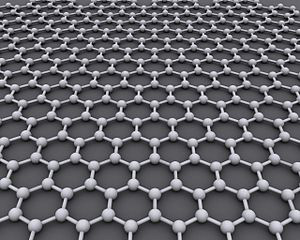
Applications
The applications of a graphene spray (which Dr. Craciun and her team have dubbed ‘GraphExeter’) are wide ranging. The conductive properties of graphene mean that it could make a whole range of everyday items ‘smart’. Namely, they can be connected to electrical, computing, energy and internet devices. Clothes could be sprayed and used in conjunction with embedded communication devices or mp3 players. Windows could be sprayed with graphene and turned into solar panels that are 30% more efficient than present solar panels.
There is an important environmental aspect to this new substance. At present the electronic industry relies on indium tin oxide for its electrical conductor. Indium is the 61st most abundant chemical in the earth’s crust. Compare this to carbon which is the 4th most abundant element in the universe. Although we are danger of running out of such carbon based fuels as coal, oil and natural gas there is no shortage of carbon to be had, especially from carbon dioxide emissions. Indium is expensive to mine and comparatively rare. It makes good environmental sense to switch from indium to carbon for the electronics sector.
At present touchscreen use indium. The price of touchscreen phones and over devices could be greatly reduced by using graphene instead. Moreover, the fact that something can be simply sprayed and turned into an electrical conductor will have a big impact on developing countries. The set-up for solar panels, IT systems and other myriad electrical applications will be greatly simplified and the cost reduced.
The other area where graphene could make a big impact is nanotechnology. Being just 1 atom thick graphene can be termed a nano-material. It is likely to become a vital component in building nano devices to deliver medicine in the body, work as smart fertilizers, make nano factories and eventually power whole interconnected systems of nanotechnology that can function as one unit.
As things unfold it could be the case that Dr. Monica Craciun will be a feted scientist and Exeter University will gain a status in the scientific community that was previously reserved for Oxford and Cambridge in England. Watch out for graphene.
More engineering hubs
- Accidental Inventions and Discoveries
A look at a few of the accidental discoveries and inventions that have changed our lives. - Is Carbon the Enemy?
About carbon and its allotropes: showing that while carbon is fundamental to life and technology, it is carbon dioxide that is inimical to environmental health.



